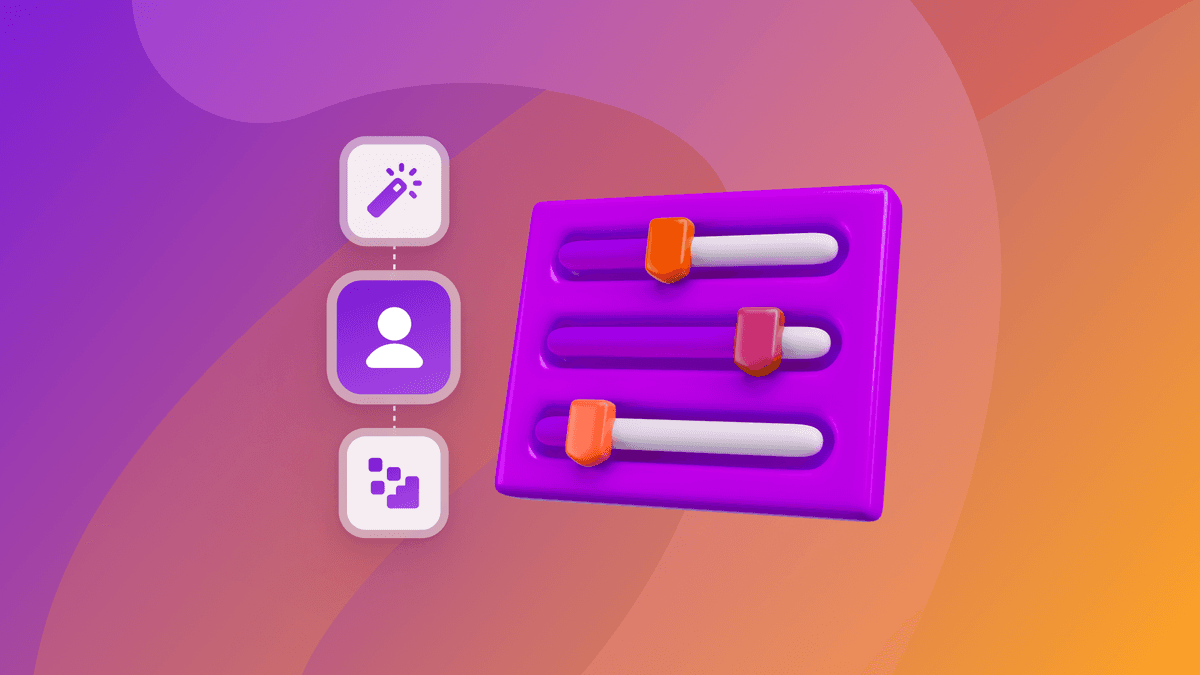Meet the Challenges of Today by Embracing Resilient Customer Engagement
Published on March 20, 2023/Last edited on March 20, 2023/5 min read


Myles Kleeger
President and Chief Commercial Officer, BrazeAs we make our way through 2023, the economic future continues to look uncertain. Key indicators are giving us conflicting reads on what comes next and recent predictions from prominent venture capitalists have left many startups worried that the end is near.
The current market instability and the venture capital community's response to it isn't new—we've seen similar call-to-arms ahead of other market downturns in recent decades. And the core message from these communications is always the same: Refocus your business on the basics by growing revenue, reducing risk, and cutting costs. That said, this advice isn't the whole story. From my perspective, there are three main lessons that we can learn from times like these that will help your business thrive even in a challenging economic environment.
Lesson 1: Now is the time to defend your base
Customer loyalty is built during challenging times. Cultivating loyalty requires brands to put the customer at the center of their strategy, which is nothing new. We’ve been expounding on customer loyalty for years and saw this migration to customer-centricity accelerate during the shift from in-person to online following the onset of the pandemic. Businesses had to quickly pivot to meet customers where they were, and brands that were able to provide an exceptional digital customer experience ended up thriving.
Why? Because customers reward brands that demonstrate their commitment to delivering a consistently exceptional user experience. And in a world where acquiring new customers can be more difficult and more expensive than ever, happy customers are the key to both your short-term success and your long-term growth.
One of the best ways to embrace customer-centricity is to make a point of asking your customers what they want, like, or need from your brand. By understanding your users’ wants and needs more deeply, you can identify new use cases and ways to expand your business, or even determine when to pivot—which leads me to my next point…
Lesson 2: Now is the time to future-proof your business
Future-proofing your business sounds like a good strategy, one of those buzzy phrases that has people nodding their heads in agreement. But what does that actually mean—and how does one go about doing it?
At its core, this kind of future-proofing is about ensuring that you build resilience into your business. Resilience is strengthened by clarity of purpose. To get it right, you have to get back to basics and make sure that you truly understand your brand's mission and what's needed in order to make it a reality. Some of the key questions to ask yourself are: What matters most to you? What matters the most to your customers? And, given your mission, which risks are worth taking?
Resilience also calls for preparation, or your ability to control for the controllables. When you look at your team, do you know if they’re equipped to allow you to pivot or scale effectively in response to changes on the ground? Do you have the right people and processes in place to make game-time decisions as the winds shift? Can you picture your teams, processes, and systems working for you in the next one or two or five-plus years? When you build your business with teams, processes, and technology that allow you to be agile, you’re able to expand, adapt, and improve every single day.
Lesson 3: Now is the time to improve operations
When purse strings tighten, finding ways to automate and optimize for effectiveness is integral to supporting your business. Luckily, scarcity is often a driver of creativity and innovation—in art and science as well as marketing.
To improve operations and drive effectiveness, you’ll have to simultaneously play both offense (investments in strategic areas) and defense (budget cuts in non-strategic areas). That's never easy, but it's necessary to meet the challenge ahead of you. One approach that often works well is to rally your teams around 1-3 things that will move the needle, providing clarity and focus to your efforts. That might well mean cutting what was once “business as usual” to create space for what is needed now. However, when you strip away the noise and focus on solving those core issues from every angle, you’re able to improve your strategy for the long run.
Take a deep breath
The future isn't certain—but then, it never is. And that's okay. At the end of the day, we're only human and it's normal for times like these to make our heads spin. In a recent Braze department meeting, I encouraged my team to pause and take a collective deep breath. I’d encourage you to do the same.
Use this time to focus on the fundamentals and find efficiencies. Build resilience into your strategy by checking in with your teams. And, as always, keep your customers top-of-mind. You'll be happy you did.
For more on building a business that can handle all weathers, check out "Building Business Resilience: Realizing Marketing's Biggest Opportunities in Unpredictable Times."
Related Tags
Be Absolutely Engaging.™
Sign up for regular updates from Braze.
Related Content
View the Blog
How behavioral marketing turns data into personalized experiences

Team Braze

Are you AI-savvy enough to survive? A wake-up call for CMOs

Team Braze

What are contextual bandits? The AI behind smarter, real-time personalization
